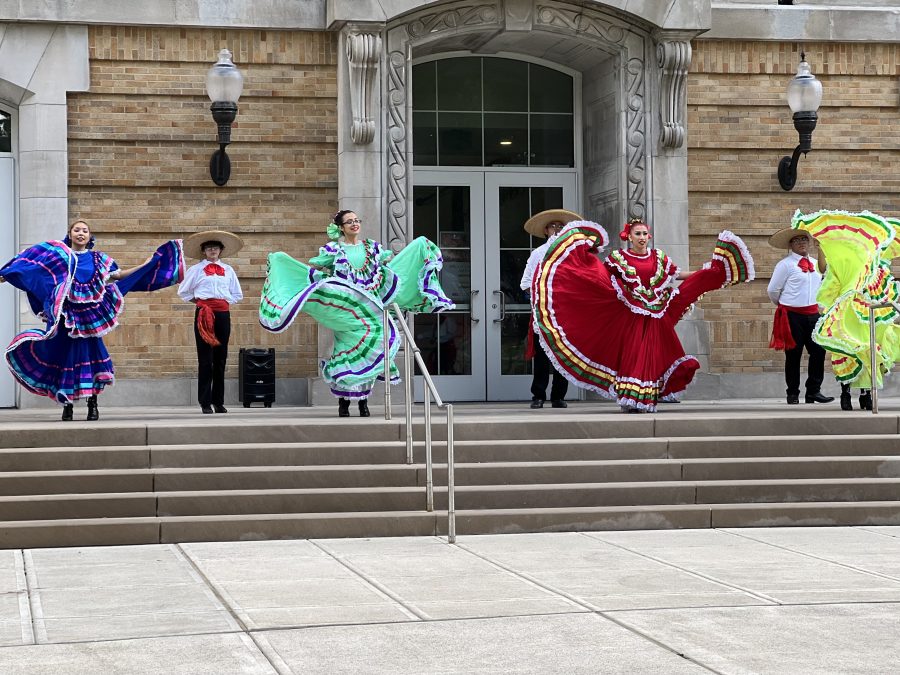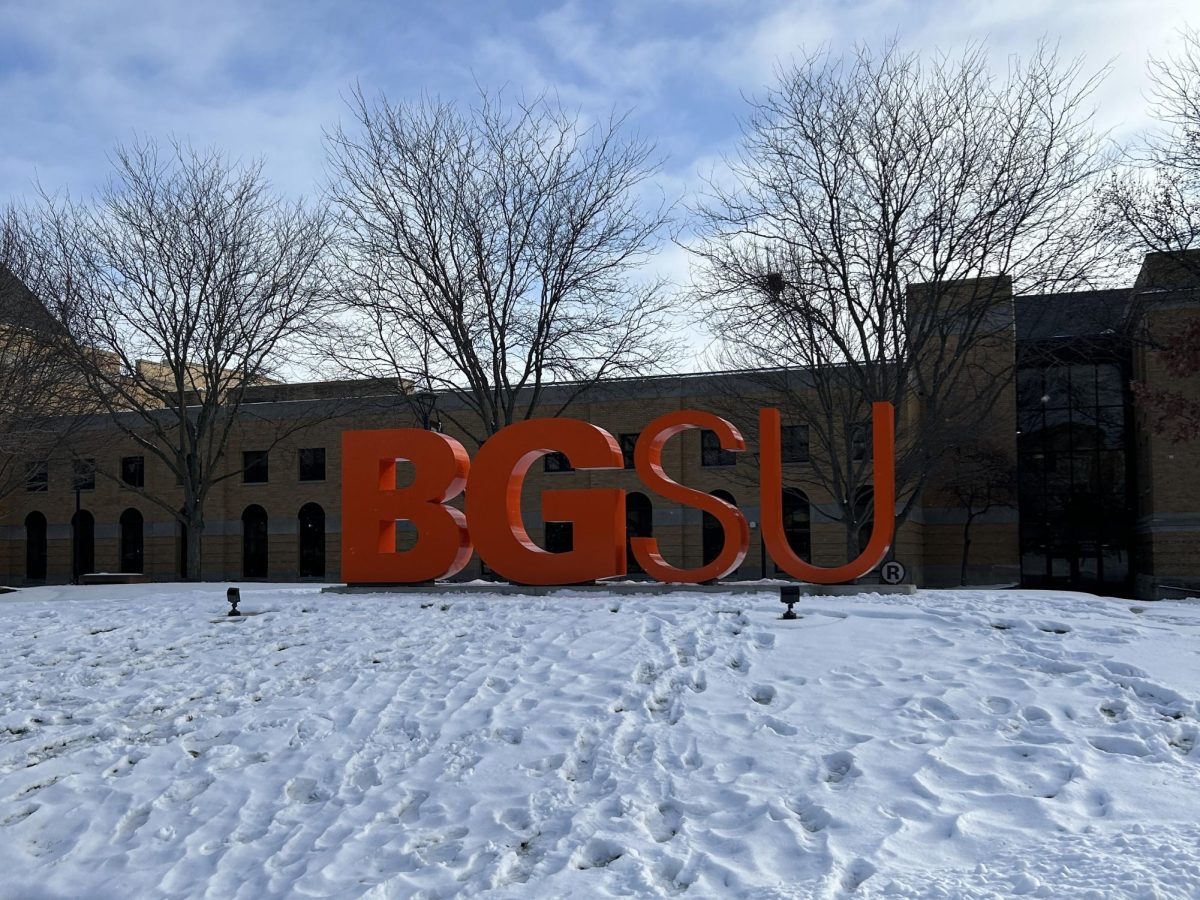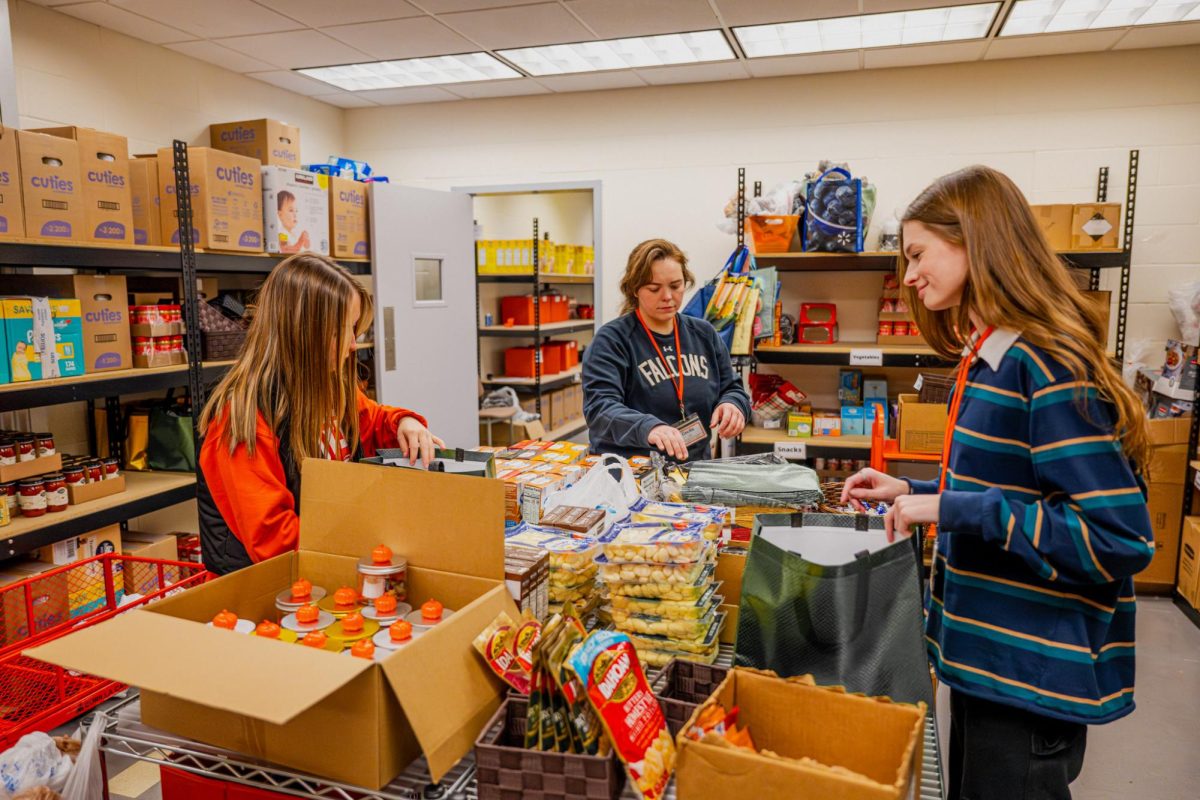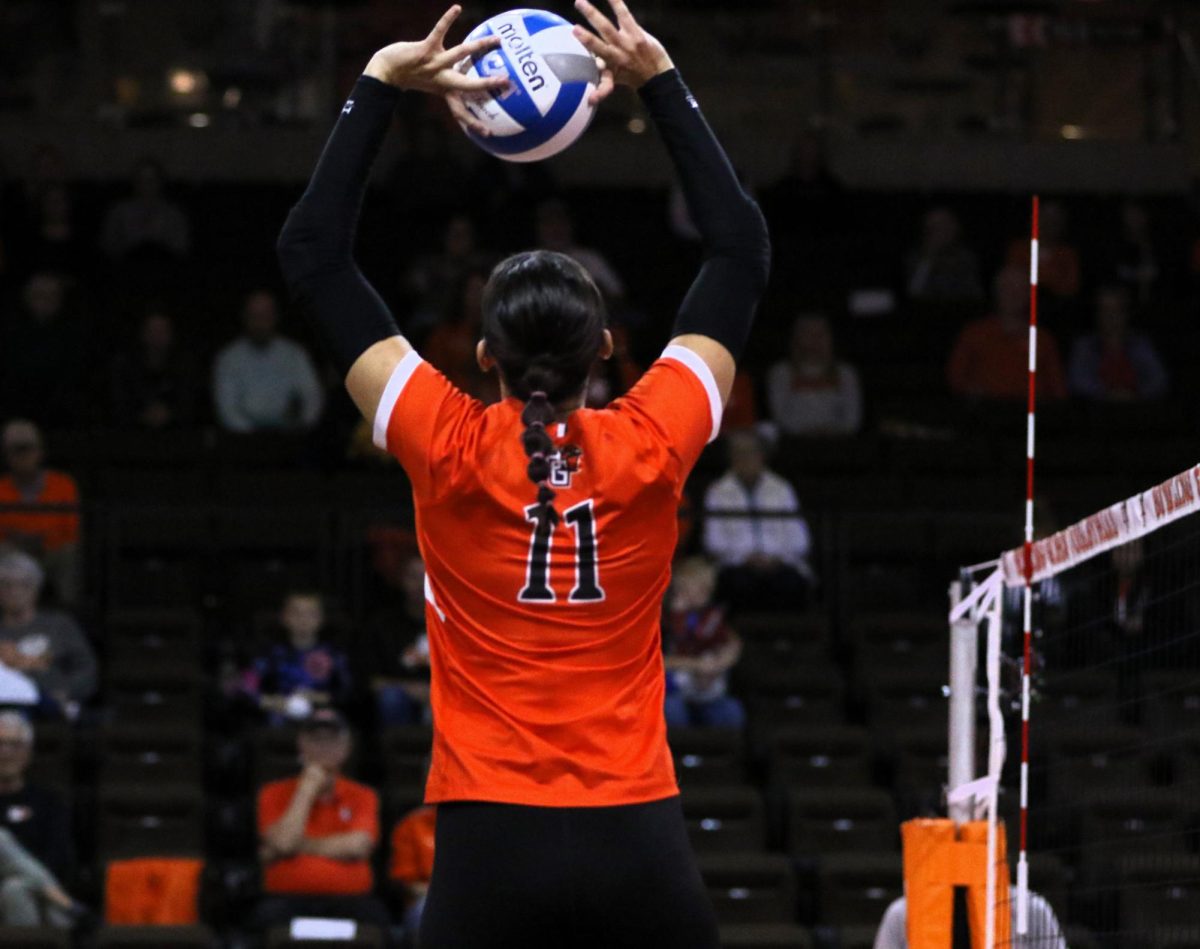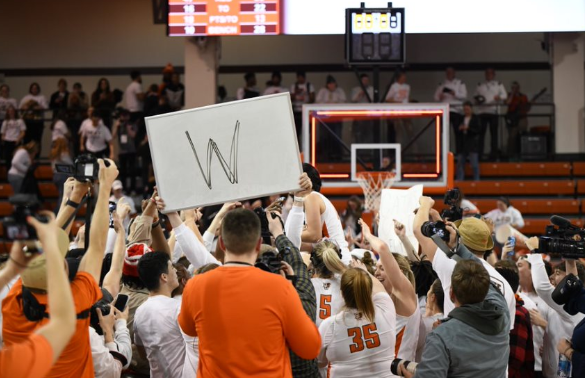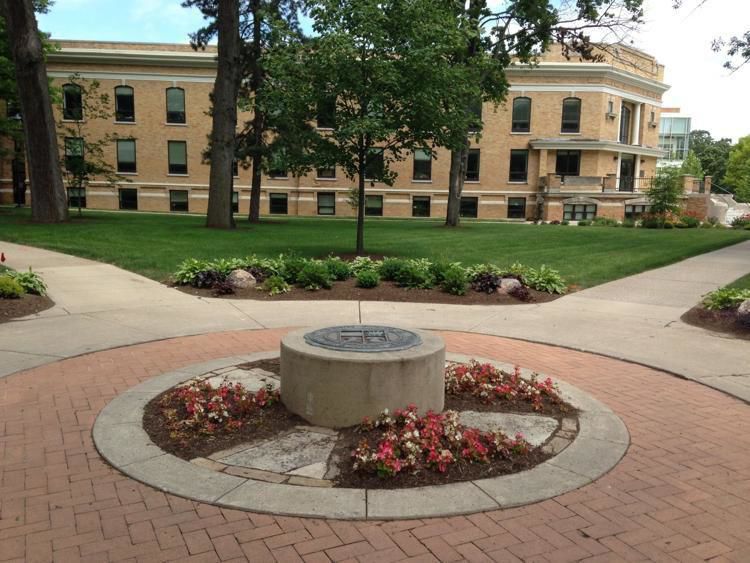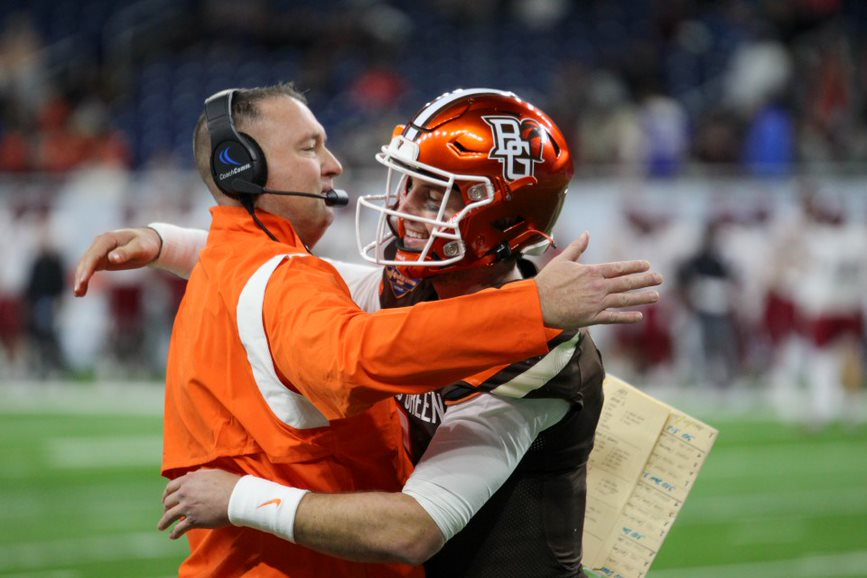Last month, the Office of Multicultural Student Affairs kicked off Latinx Heritage Month with food and folk-dance performances by El Corazon de Mexico. It was beautiful to witness parts of my Mexican heritage come to life in front of my eyes and for others outside University Hall.
Afterwards, students with three different Latin American backgrounds echoed how important it was for them to see this kind of programming and wanted to invite the troupe back to represent other forms of Latin dance including bachata, bomba and salsa.
These types of programs only begin to scratch the surface of what a racially and ethnically diverse student population brings to an institution of higher education. Our experiences, backgrounds and personal stories attest to our persistence and serve as a form of social and cultural capital to bring value to the higher education experience for all. It is what education scholar Tara J. Yosso coined in 2005 as “community cultural wealth.”
Though originally conceived as a theoretical framework for students of color in educational spaces, her ideas can help expand our thinking in 2022 to bring in other marginalized identities to uplift their struggles and their strengths. This is especially true when we consider how race, class, gender, citizenship, disability and first-generation status interact with the material conditions of higher education.
This brings me to the notion of paradigms. One’s paradigm, or worldview, can typically fit within either a positivist, constructivist, critical, or postmodern framework. One of the reoccurring themes I keep coming back to is that higher education institutions, historically, have been deeply steeped within a positivistic framework, or the idea that there is one, universal reality, or, one “right” way in which to operate. But those of us who have lived experiences with systems of power and privilege recognize that life does not always give us the ability to operate within a single, deterministic reality.
This clash of paradigms is where the struggle for transformational change in higher education lives. One of the most visible, historical examples is best represented by the major campus activism seen throughout the 1960s and 70s here in the United States.
Black college students were instrumental in the effort to challenge existing paradigms in higher education spaces. Historian Ibram X. Kendi notes that from 1964 to 1972, institutions across the country saw an explosion of Black student unions form to demand space, institutional representation, diverse faculty and staff, as well as a curriculum that represented their histories and lived realities in the United States.
One of the key takeaways from Kendi’s research is the collaboration that occurred in higher education spaces across different identities and backgrounds.
What does this legacy of activism mean for our current graduate student struggle around healthcare and stipends? That we are stronger working together across our differences as graduate students to make demands from tenured faculty and administrators, despite their stark differences in approach to addressing graduate student needs.
As I have spent time in varying spaces across campus, I have seen how some stakeholders are quick to assign blame to one another. When it comes to funding graduate students, some graduate faculty blame university administrators for not providing enough funding and some administrators blame the graduate colleges and faculty for not funding graduate students equitably, with what they have been given.
With that, the circle of finger-pointing continues all the while graduate students continue to live on below-poverty wages, some working second jobs and not enjoying the professional development opportunities that should come with the pursuit of an advanced degree.
This attempt to assign blame, too, reinforces positivist thinking. If one stakeholder can be held responsible, it absolves any sense of accountability from another stakeholder. I put myself under this same criticism. I, too, as a graduate student must understand the constraints that people are working within, or I can easily fall victim to wanting to assign blame and move on without understanding that, in some way, we are all to blame because we all participate in this system called the university.
“The lived experience of graduate students at BGSU should be taken into consideration as the university continues its legacy of being a public university for the public good. Graduate students operate in the liminal space of students and employees. Between the summer 2021 and spring 2022, there were 1100 plus graduate students holding 1600 plus contracts,” Graduate Student Senate President Amanda Taylor said. “This data supports the statement that many graduate students are directly involved in the universities’ mission to provide ‘holistic and comprehensive educational experiences that enhance the lives of our students.’ While we have felt supported in many ways by the graduate college, faculty and administration, there are issues such as low graduate stipends and student health insurance costs that need to be addressed – and soon. It is imperative that to the university’s success that graduate students’ needs are addressed.”
As state funding for public higher education dries up and institutions are asked to do more with less, graduate assistants, teaching assistants and adjunct faculty make up a pool of underpaid labor central to the daily operations and national success of BGSU. This alone is enough reason to raise stipends and provide health insurance. To do so is to invest in the people who are already making this institution what it is today.
There may be those who read this and shake their head in disagreement opining that nothing will change because of x, y, or z, but I want to challenge that mindset. For it is this mindset that allows nothing to change. I must believe a better way is possible. Civil rights attorney Bryan Stevenson explains radical imagination, which is the necessity to envision a different reality than the one we currently live with.
I know this is especially difficult in the shadow of COVID-19 and a polarizing political climate. We have become so accustomed to the bad and ugly that it can be difficult to imagine the good, but BGSU graduate students can demand transformational change for the public good.


